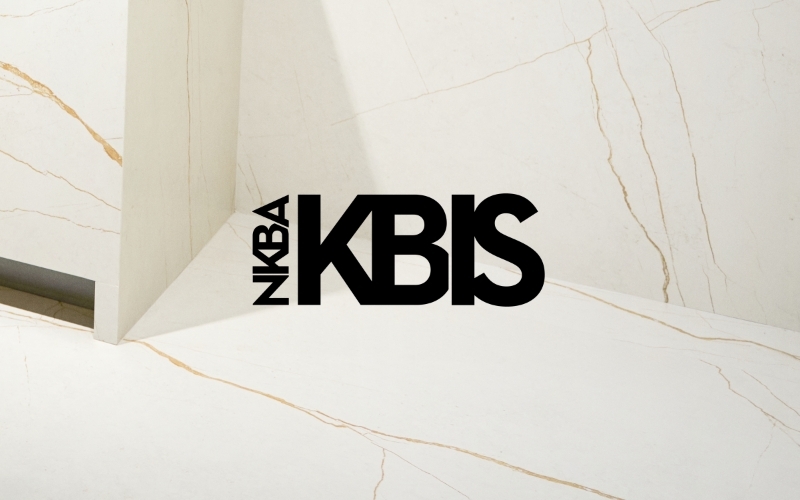Marketing Insights
Wray Ward Vice President and Insights Strategist Charlie Elberson has developed, built and stewarded brands for more than 35 years. In that time, he’s not only helped shape brands — he’s helped them maintain the strong identity and integrity that set them apart from their competitors.
I’ve been the editor of this blog for a couple of years now — a role that affords me the opportunity to connect with and learn from smart, talented people within the walls of Wray Ward on a regular basis.
Charlie is one of those people. Whether we’re talking about brand identity or pet amenities or tiny houses, he makes me think harder and ask better questions and demand more of myself.
Recently, educator and host Mark Peres discussed brand identity and marketing with Charlie on an episode of his podcast, On Life and Meaning. I don’t have a podcast, but Charlie agreed to answer my questions, too. I hope you enjoy our conversation — and you might even learn something. When you’re done reading, take time to listen to the full podcast episode. I promise it will be 52 of the most meaningful minutes you spend this week.
Insights are everywhere. How do you find the right one?
CE: Pinpointing a meaningful insight requires perspective. And that kind of perspective can only come from a defined goal. Absent a goal, or at least a clear one, we have no way of knowing if an observation matters or not. Without a clear goal, it’s all just … information, not insight.
Sometimes a client may struggle to define marketing goals, and that’s OK. We have a process that will help. But we need to define the goals before we dive into insights, or our work will be unproductive. Think of the goal as the lens, like a jeweler’s loupe. It’s how we view all that we’ve gathered, so we can see what’s valuable.
On the podcast, you said insights are anthropological. What does that mean?
CE: Everything we examine involves human action and choice. We’re looking at factors in the marketplace that influence how people behave. We’re exploring mindsets and motivations, what people do and why.
Where do ideas come from?
CE: Such a vast question! But OK, let’s try to answer it. We should first make the distinction between ideas and problem solving. Arriving at a solution to a problem tends to be logical, additive, linear. So, if solutions are linear, think of ideas more like curves. Solutions are assembled, but ideas appear. Both take work, just of a different sort. The work of ideas is actually synthesis — putting expected things together in unexpected ways. Solutions, however, are formed through accumulated experience. Ideas are sparked, kindled by new understanding. That’s why insights are important for fueling ideas.
What makes bad advertising, well, bad?
CE: I would say obnoxiousness. But then again, there are some great, obnoxious ads, like that puppy monkey baby thing from Mountain Dew during the last Super Bowl. So horrible, I couldn’t take my eyes off of it! The real truth is, bad advertising comes from an advertiser who doesn’t know anything about their audience and thinks they can affect their behavior anyway. Car dealers are an easy target, but a lot of financial services may, in fact, be worse in terms of demonstrating zero regard for their audience.
Wray Ward’s discovery process is grounded in something we call the 5C’s. What are they? Why these five?
CE: Throughout its 40-year history, Wray Ward has been excellent at the upfront analysis that makes for smart planning. In the old days, our situation analysis reports were extraordinary composites of information. They made impressive volumes. But in hindsight, they also represented the classic, can’t-see-the-forest-for-the-trees dilemma. Those types of analysis lacked a consistent, organizational scheme to point the way for razor-sharp strategy. In our efforts to excel in strategy, we arrived at the 5C format, with each C building toward a key insight and the corresponding opportunity. Why the letter C? Well, we knew we had to start with the Customer, and then, the others just sort of fell into place. And at Wray Ward, the 5C’s represent a detailed exploration of customer, climate, category, competition and company.
Where these insights and opportunities converge is where the rich strategies are found. It’s like a treasure map, where X marks the spot that says, “Dig here.”
What are some things that surprise clients in the Discovery phase?
CE: Clients are perhaps surprised more by the how than the what. We’re usually not telling clients huge new things they didn’t already know, but instead we are bringing those things into a different light, creating a different perspective. This makes sense, because clients already have quite thorough knowledge and are familiar with their situation once they come to us.
Even more, I think they’re surprised with how collaborative we make the Discovery phase. We report information and share our perspective, and that’s valuable to clients. But it really gets interesting when a discussion is sparked about what’s being revealed and what it means. Clients tell us this helps them think about things in whole new ways. That helps us come up with better insights and — down the road — better performing work on their behalf.
Why is curiosity so important, in marketing and in life?
CE: Personally, I prize curiosity because it makes the connection we have with each other and with the world always new and interesting. We’ve all had that situation where we’ve been acquainted with somebody for years and suddenly find out something about them that’s completely unexpected — for example, maybe they’re a great tap dancer — and that sense of discovery creates a sense of delight in life.
Curiosity also keeps us focused in the present — the now. I’m always thinking about what’s happening now. I might look back to see what causes are contributing to the present reality, or I might try to look ahead and anticipate where the present could lead. But curiosity tends to bring me back to the now — which is good for me.
On the podcast, you talked about the power of creativity. Can you elaborate? What is it? Where does it come from?
CE: Wow, another doozy! But I’ll take a stab at it. I believe the power of creativity stems from trust, belief or faith. A belief that your reach really can exceed your grasp. For those of us who rely heavily on our competence, it can sometimes be hard to find this sort of trust. Because, like I said, ideas are on a curve. You can’t see them until they’re here, so you just have to somehow believe they’re up ahead somewhere. And of course, they always are, even if they take a while. Mustering that trust, rather than simply relying on the same skillset every day, stretches me.
Why is it OK — or even necessary — to do things that make people uncomfortable?
CE: We humans are comfortable with what we know, but that same what we know is how we got here. If we want to go somewhere other than here, we need the unknown, and that’s not always comfortable. We can help ease the discomfort a bit by staying focused on there — where we want to go, the goal. It’s like walking on a tightrope. We’re comfortable if we stay on the platform, but then we’re not going anywhere.
Want to hear more from Charlie? Listen to the podcast.


